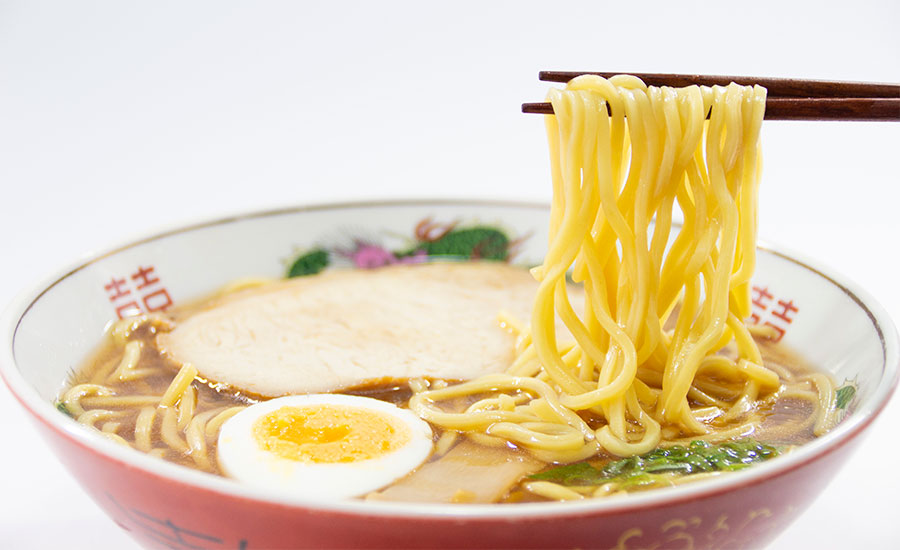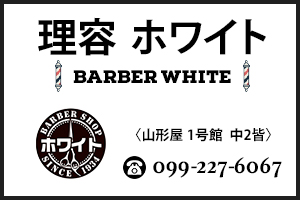Things to know about Japanese restaurants when visiting Japan and eating out
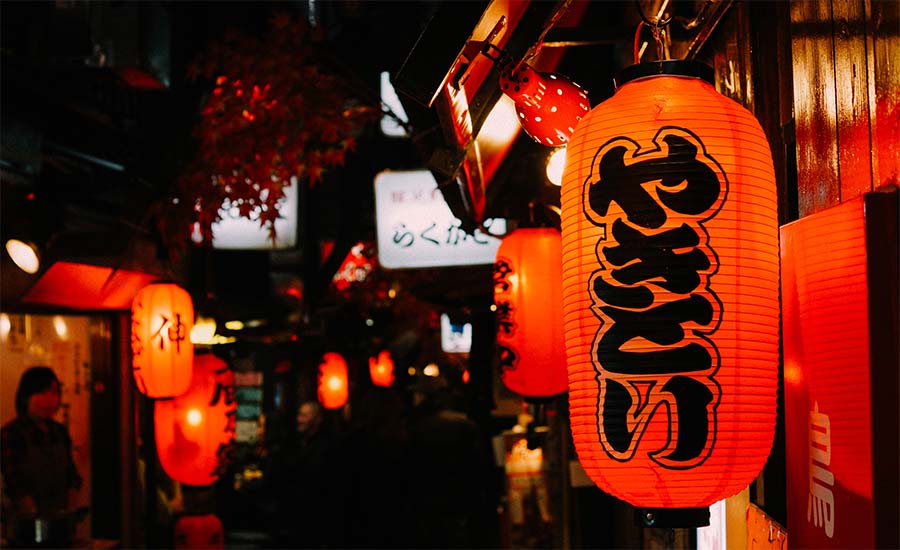
Written by D. Carnegie
Translated by A. Osorio
12.2.2021 (Re:4.2.2022)
There are many unusual services, manners, rules in Japanese restaurants that are not found abroad. Here are some things to know about Japanese restaurants when you go out to eat.
1. The water they serve you is free
2. Oshibori “wet towels” are provided and are free
3. In the Izakaya the Otoshi is provided
4. Drinks are ordered first at the izakaya
5. There are services from Tabehodai – Nomihodai
6. Take off shoes in places where there are tatami
8. Don’t bring food to restaurants
9. The restaurant will inform you of the last order
❶ The water they serve you is free (cold water is served even in winter)

When you sit in a Japanese restaurant, you are provided “free” cold water. This water is also called Ohiya.
Many travelers are surprised that cold water is often provided even in winter. Don’t be surprised, because here in Japan cold water is provided all year round. In some restaurants they serve hot tea instead of cold water.
❷ Oshibori “wet towels” are provided and are free
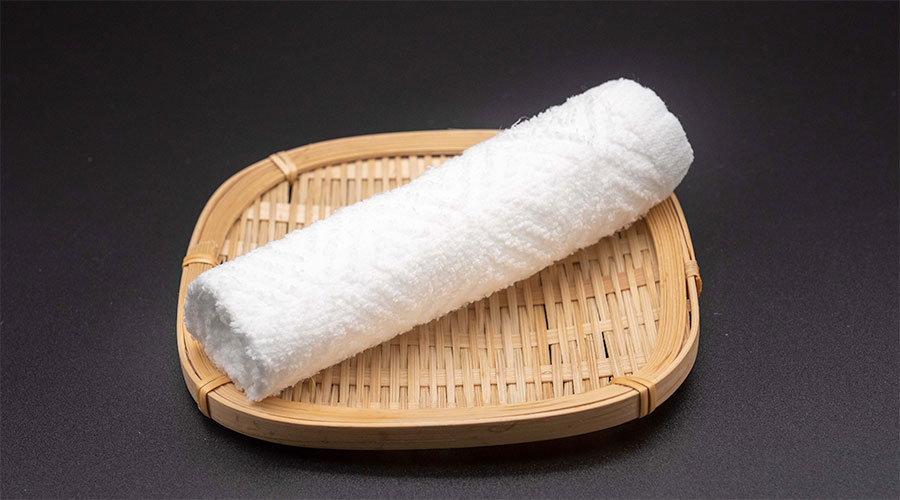
Wet towels or oshibori are provided free of charge in many restaurants in Japan. It is a small towel to clean your hands and face, although in Japan it is said that if you wipe your face, you already belong to the Ojisan group, that is, they no longer consider you young. Depending on the season, hot or cold towels are often prepared.
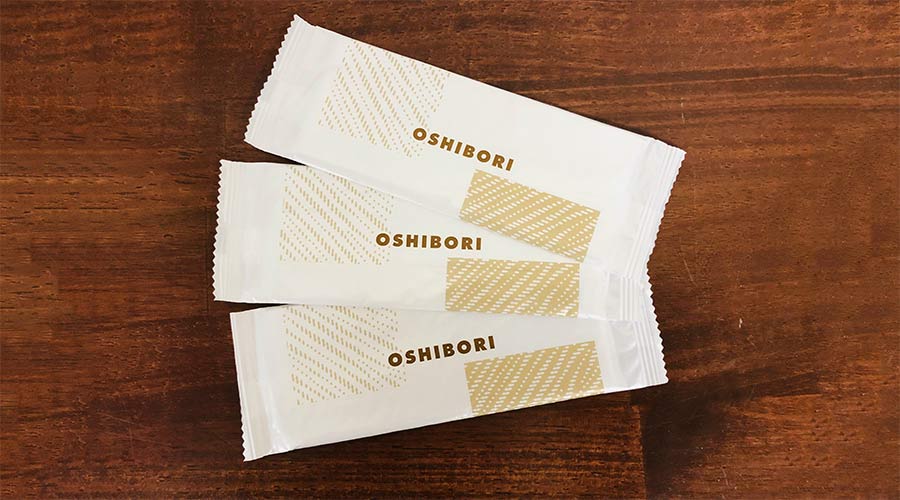
At the izakaya the staff usually gives it to each person one by one, which is why many tourists are impressed.
❸ In the Izakaya the Otoshi is provided
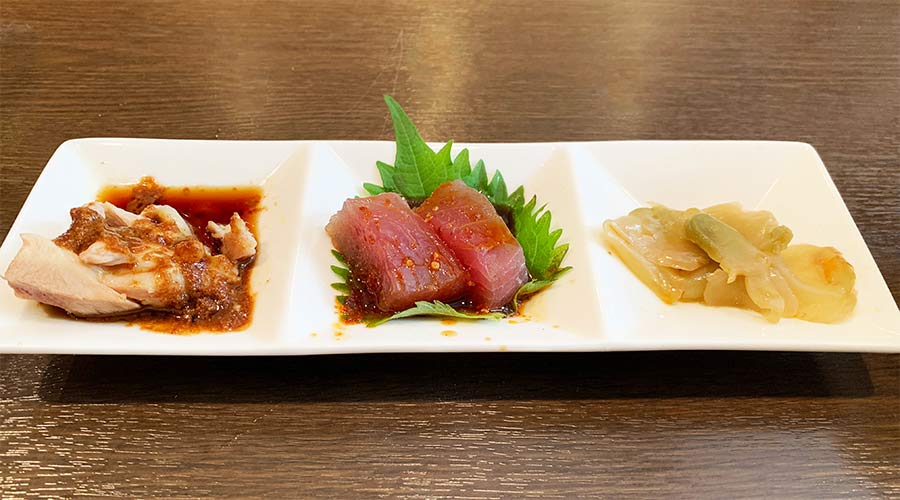
Otoshi, sometimes also called tsukidashi, refers to the appetizer that are small plates that are mainly served in the Japanese izakaya. There are several theories about the meaning, but it is said to cover the time from when the order is placed until the food comes.
When you order liquor at an izakaya, you may be served an appetizer plate and charged a fee without having ordered anything.
❹ Drinks are ordered first at the izakaya
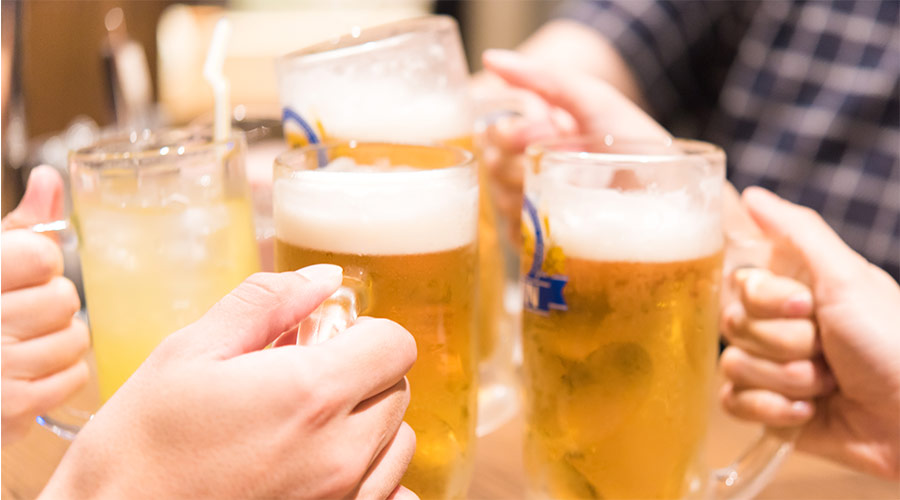
Although it is not a rule, in izakaya, drinks are usually ordered first. The staff comes to collect the drink order first and ask “Have you decided on any drinks yet?” Also, most Japanese order beer as their first order, there is even the phrase “beer for the moment”.
❺ There are services from Tabehodai – Nomihodai all you can eat and all you can drink
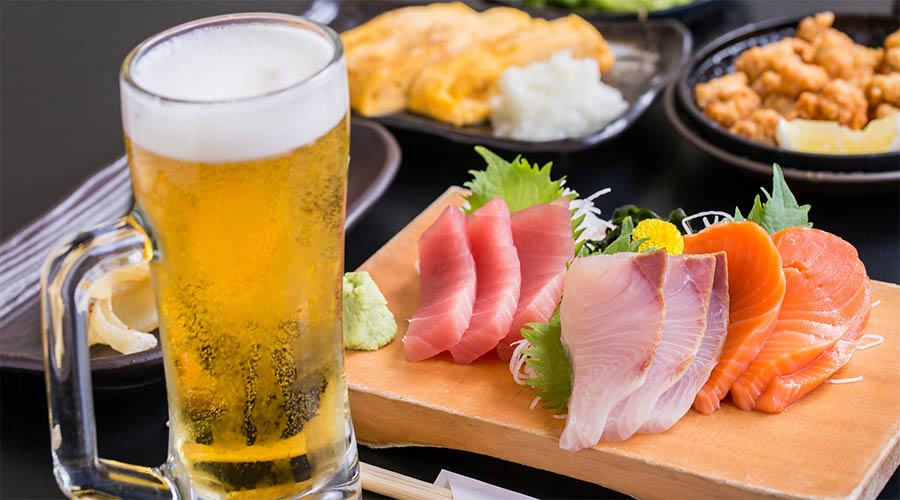
In Japan, there are restaurants that offer tabehodai “all you can eat” and nomihodai “all you can drink” services. With these services you can eat and drink as much as you want for a fixed fee and a limited time.
Various places like izakaya, yakiniku restaurants, and sushi restaurants offer these kinds of services.
❻ Take off shoes in places where there are tatami
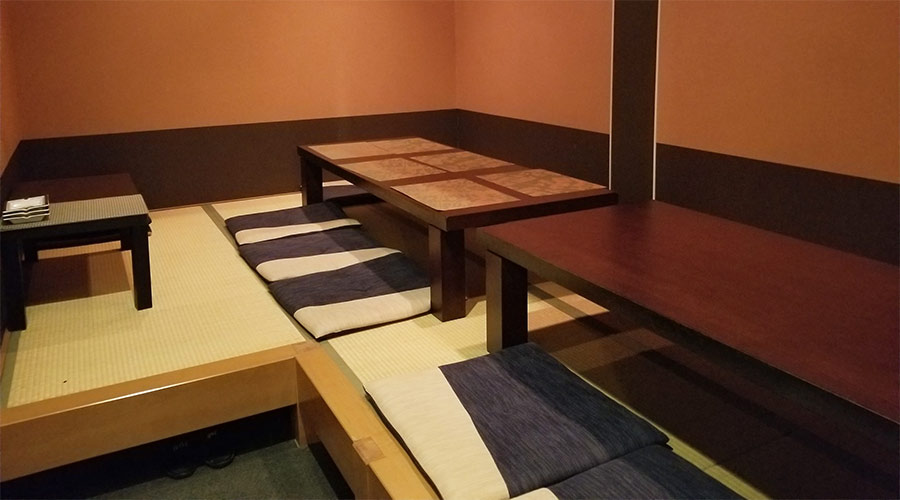 In Japanese restaurants and izakayas, Japanese-style seating or tatami-mat rooms may be available in addition to tables. Before entering one of these tatami spaces, you must remove your footwear. There are also restaurants where you must remove your footwear at the entrance, put it in a special shoe box and then enter the establishment.
In Japanese restaurants and izakayas, Japanese-style seating or tatami-mat rooms may be available in addition to tables. Before entering one of these tatami spaces, you must remove your footwear. There are also restaurants where you must remove your footwear at the entrance, put it in a special shoe box and then enter the establishment.
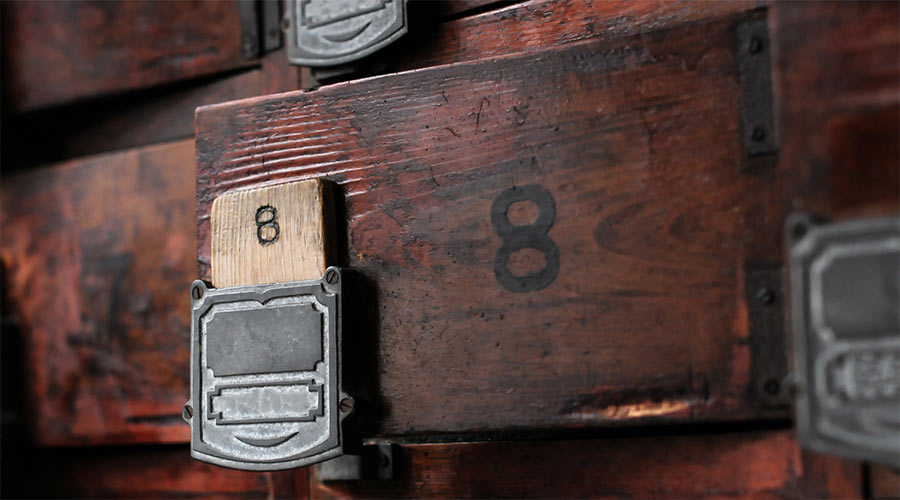
In that case, take the key from the shoebox and head to your seat. Be careful not to lose the key.
❼ No need to tip

Basically, there is no habit of tipping in Japan. Do not force the staff to receive it, because they will not accept it, so be careful. Many restaurants don’t charge service fees, but in the case of high-end restaurants, it can be added.
❽ Don’t bring food to restaurants

There are places where you can introduce food such as the food courts of large shopping centers, but basically it is not allowed to introduce food and drinks in restaurants and izakayas.
❾ The restaurant will inform you of the last order

In many izakayas, the hours for ordering food and drinks are set separately from business hours. The staff will always be there to confirm the schedule and take the final order. After that, even if the store is open, you will no longer be able to order.
Japan with its customs and delicious gastronomy
The rules and services introduced in this article are common for Japanese customers, but you too can live these experiences when you visit this beautiful country. I hope this information will help you fully enjoy Japanese food culture.
| Recommended Products
| Recommended Articles
Japanese Ramen! Varieties and detailed explanation about this delicious dish.
Written by D. Carnegie
Translated by A. Osorio
The information in this article was current at the time of coverage and writing.
・・・ todonavi ・・・
